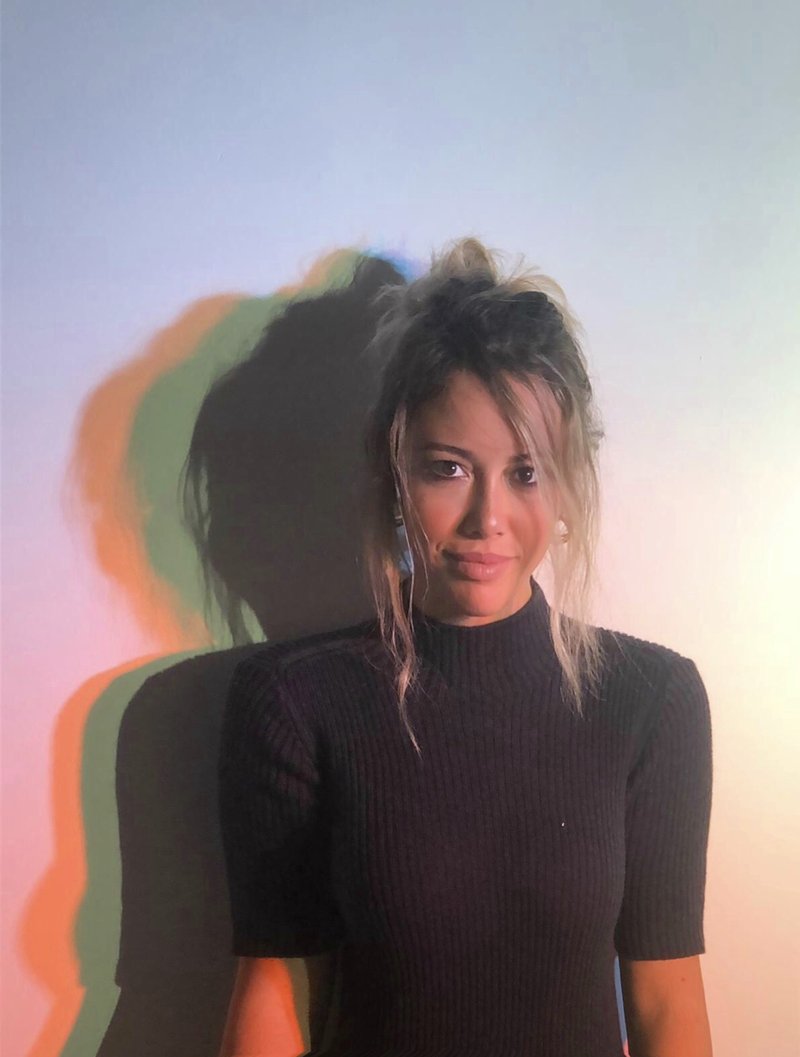Ayca Okay

In 2022, 41 contemporary art curators, researchers, and museum directors from 24 different countries were awarded to attend the CIMAM 2022 Annual Conference. The CIMAM 2022 Annual Conference, titled "The Attentive Museum. Permeable Practices for a Common Ground", was held in Mallorca (Balearic Islands), Spain on 11–13 November, hosted by Es Baluard Museu d'Art Contemporani de Palma.
Ayca Okay's Conference Report
CIMAM’s 54th conference was held with the excellent hospitality of Es Baluard Museu D’art Contemporani De Palma in Palma Di Mallorca and hosted over 200 art professionals for three days from different parts of the world. As a travel grantee, I feel more than happy to be a part of the experience, so my report is starting with thanking everyone who is involved- CIMAM Board Members and Travel Grantee Selection Committee, SAHA Association for their support, and CIMAM, which showed great hospitality and designed an exceptional experience and finally to all genuine participants which we are in contact and discussing future collaboration already now.
This year CIMAM included a diversity of voices by inviting independent art professionals to adapt to the shifting position of the museums and switching to the participatory museum models. As an independent curator, this was an essential step for me to engage with other art professionals to share, practice, listen, and discuss.
Over the years, the women's takeover has slightly changed the art industry. More and more women oversee museums, biennials, institutions, and galleries. As a result, the art scene has become less male-dominated. 54th edition of CIMAM was upfront with influential women who participated as speakers in the sessions. Among them, a dreamer, trueness seeker, and passionate, Meskerem Assegued Bantiwalu (Curator and General Director of ZOMA Museum at PLC) highlighted museums consist of free expression and dreaming of limitlessness. As a result, ZOMA Museum is an outcome of limitless dreaming. The space was once a polluted area complete with toxic materials, now serving as humanitarian vernacular architecture magic inspired by the caterpillar as metamorphosis, preserving ruins and transforming sustainable systems. Despite the starchitect's design of museum buildings rising worldwide, ZOMA is humanoid with its layout, using dreams as the concrete and inspired by the roots. This was one of the influential speeches that inspired me and guided my practice. On the second day, in a multidisciplinary space of social innovation blended with Mediterranean culture named Casa Esment, Clementine Deliss (Associate Curator of KW Institute for Contemporary Art, Berlin) gave her inspiring speech by pointing out references from the near future museum transformation by esteemed curators such Carolyn Christov- Bakargiev. Deliss adverted how museums' role might change in times of crisis and how museums can be used as mediators and engage with the public to create a language in common ground. For example, Castello di Rivoli served as a vaccination center; on the other hand, four times Nobel Prize winner Malmö Museum converted into a refugee center as part of the Red Cross humanitarian work to welcome women and focused on treating prisoners of war. So exterior and interior change becomes inevitable, but what about the terminology? Today, the museum qualifications fluctuated and exhibited more and more living artists, inclusive of diversity, practicing decentralization and binary, and enhancing governance. So, the epistemology of the museum concept must be changing too.
This year CIMAM reinforced to be more attentive and invited independent art professionals from different parts of the world. Among them, Emily Jacir, a humanitarian advocate and highly talented artist, spoke of how the museum can learn from asymmetrical institutions by referencing the artist-led movement Dar Jacir in Benthelem to protect cultural heritage. Jacir, who I've been following since the Istanbul Biennial in 2003, pioneered the art movement in Palestine despite the cruelty in the region by organizing video exhibitions in the household's livingrooms, using radio stations as channels, and caring about structuring practical, experimental, and multilayered systems. The speech and the achievements of Jacir deeply inspired me because we’re also having difficulties building contexts with free expression against the current regime in my home country.
Practicing together is the first step in practicing permeability. So CIMAM's intense program of thinking together consists of multiple workshops such as speed dating sessions and round table meetings. Over 200 people were separated into groups and discussed several topics. Discussion group 8, which I was also part of, comprised vibrant art professionals like Tanya Barson (Director of Hauser & Wirth Gallery), who worked as a museum professional over her career, highlighted the change in the canonic structure of the museums. Barson highlighted that collections and museums intertwined strongly, and sometimes collections could change the museums. Various futuristic and innovative models of collection preservation and featuring occur because of the changing demands. These models give results to co-custodianship and co-acquisition models for institutions. On my way home, I checked my notes from the three days conference and tried to make a summary to prepare an outline for my report. Here are my highlights and the keynotes which will shape my practice in my upcoming projects. I realized that being attentive enough to change a few structural methods is insufficient. Fundamentals of institutions all over the world should change. Museums should decide to get questions from the audience, not to ask them, and let them in to be attentive and permeable. Museums should give artists the space and learn from them,re-prioritize the space and develop models for free expression. Museums should be comfortable enough so that everyone can get in.